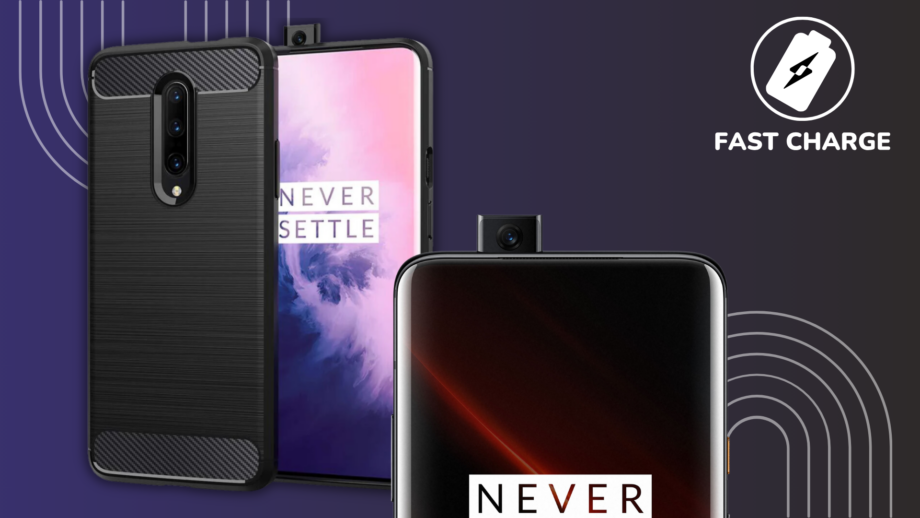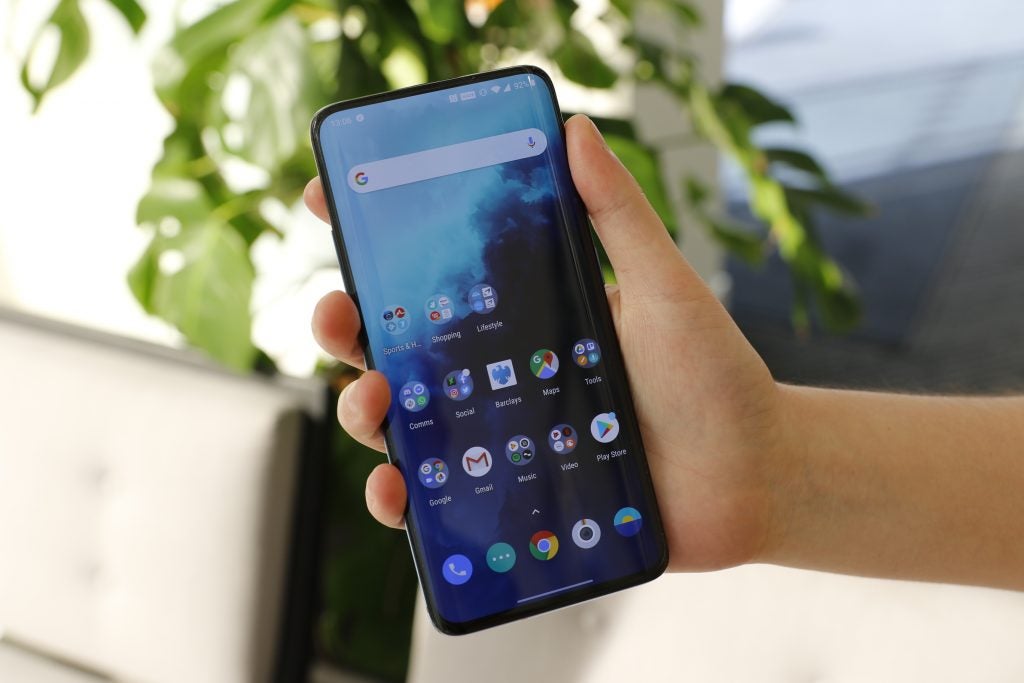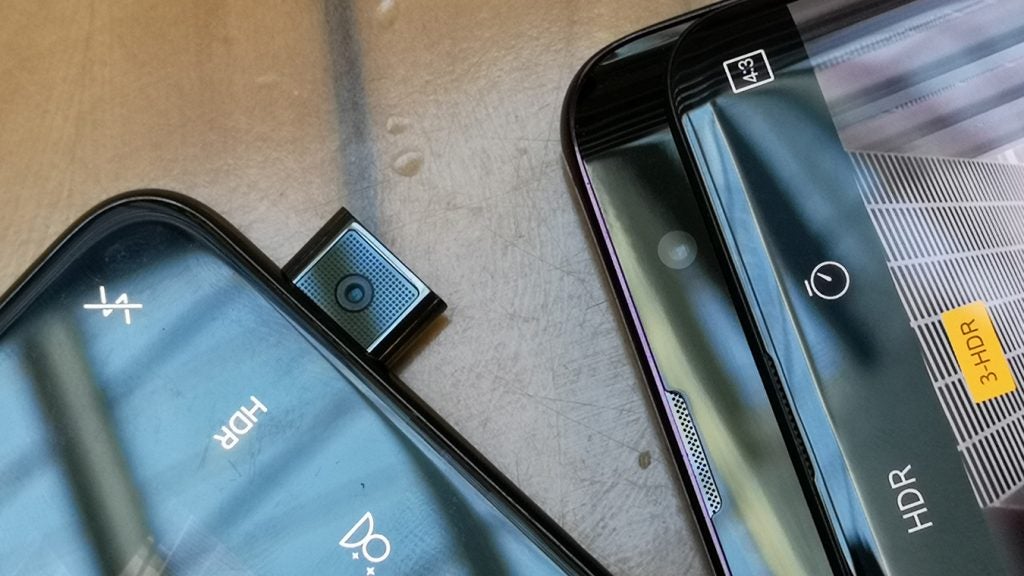Fast Charge: What was the big problem with pop-up cameras anyway?

OPINION: Smartphone tech trends come and go, but none have stuck with me quite like the pop-up camera trend from the late 2010s.
At one point there were multiple pop-up camera phones on the market, and some, like the ZenFone 6, took it a step further with a rear camera module that could flip around to the front of the phone for rear camera-quality selfies.
Take £220 off the Google Pixel 7
Upgrade your smartphone for less with this deal on the SIM-Free Google Pixel 7. Normally £599, get the Pixel 7 on Amazon for just £379.
- Amazon
- Was £599
- Now £379
Asus was an outlier somewhat, so I’ll focus more on the standard pop-up camera system here, aka the camera that’d often pop out of the phone’s chassis when called upon. That was the case with popular 2018-2020 phones including the Oppo Find X and OnePlus 7T Pro, both of which I thoroughly enjoyed reviewing at the time.
But then, they slowly became a rarity until we get to this point, in 2024, where there’s not a single pop-up camera system on any smartphone at any price point.
Sure, it’s easy to write the tech off as a fun gimmick to show your mates because, at that point, none had seen a pop-up camera system in a phone, but there’s much more to it than that.
For one, moving the camera module frees up valuable screen space, making screens look much cleaner than those with a single (or sometimes double) hole-punch camera setup somewhere close to the top of the screen.

It may seem like a small change, but it makes a huge to the experience on offer, so much so that manufacturers like ZTE are desperately trying to replicate the experience with under-display cameras.
However, as we’ve seen from recent options like the ZTE Axon 40 Ultra, UDC cameras have to take photos through a display, much to the detriment of the quality of the images produced. Y’know what didn’t cause issues with photo quality? Pop-up cameras.
In fact, the extra space available to manufacturers with a pop-up camera lens compared to regular in-screen selfie cameras meant that the quality from some of these lenses was actually better. It’s a trend that I feel would’ve carried on advancing, had pop-up cameras stayed around for a little longer.
And more than anything else, it added some much-needed character to smartphones at a time when they were all becoming a little same-y.
So then, why did the pop-up camera system go the way of the Dodo?

I can’t say for sure, but I imagine it has a lot to do with potential durability issues and the lack of confidence in the long-term performance of the moving module by consumers. It’s an understandable concern, but I’d argue that it’s one that’s quickly alleviated once you use a phone with a pop-up camera system.
These things weren’t designed to be delicate; many had specific features and systems in place to ensure the system would continue to function for hundreds of thousands of movements, while others, like the Asus ZenFone 6, would automatically retract its flipping camera module when it detected it was being dropped.
Even then, I forcefully moved the camera module myself quite often (it was a great fidget spinner backup) and had no issues.
It was also likely down to the fact that phones can’t be IP68-rated with a pop-up camera system – there weren’t any available at the time, anyway.
However, with more delicate phones available in 2024 – foldables, I’m looking at you – it’s clear that consumers are willing to take a risk as long as there’s a clear benefit on offer.
As such, I feel that pop-up cameras went away too soon, and we could now be seeing much cleaner displays and higher-res selfie cameras than what we actually see from most smartphones available right now.
I suppose we’ll never know…








